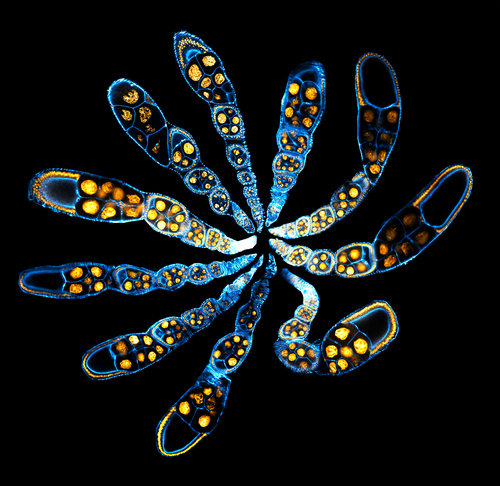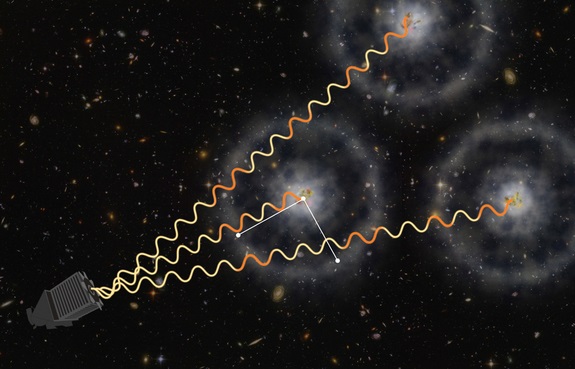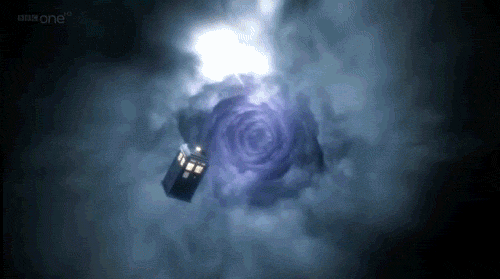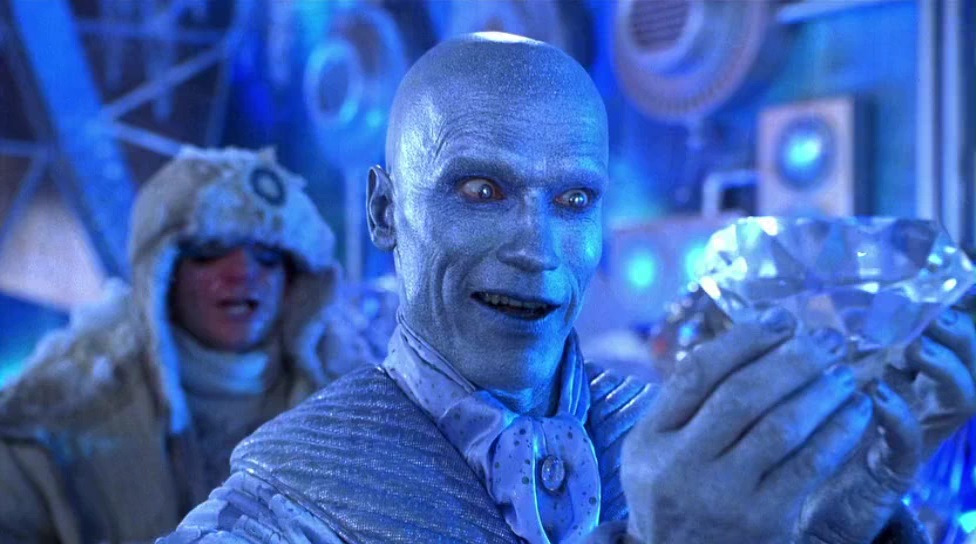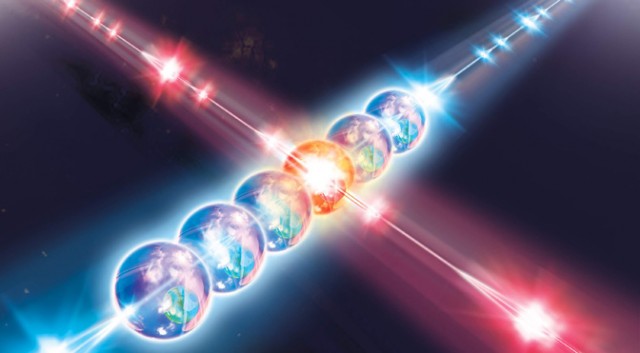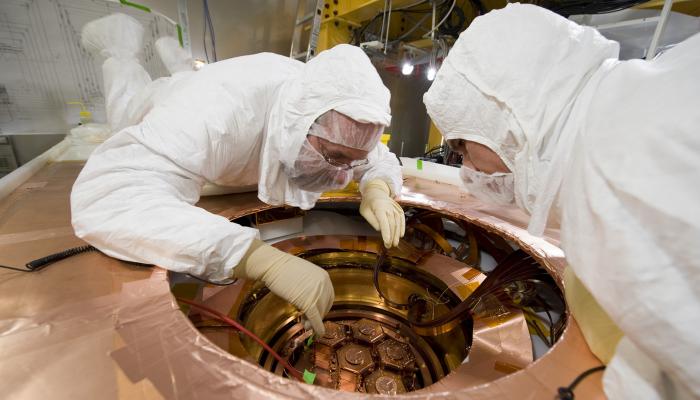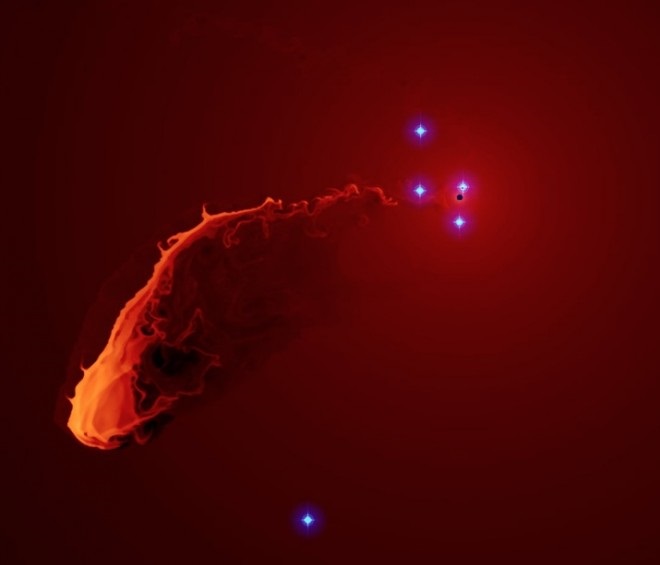 “‘It’s a bit like the moment before a penalty shot in soccer,’ said astrophysicist Stefan Gillessen…Everyone knows a shot is about to be taken, but nobody knows outcome will be. ‘This is the most tense moment when one player is trying to shoot against someone on the other side’…No matter the outcome, ‘it will be absolutely stunning to see the physics at work.'”
“‘It’s a bit like the moment before a penalty shot in soccer,’ said astrophysicist Stefan Gillessen…Everyone knows a shot is about to be taken, but nobody knows outcome will be. ‘This is the most tense moment when one player is trying to shoot against someone on the other side’…No matter the outcome, ‘it will be absolutely stunning to see the physics at work.'”
With an array of telescopes, astronomers are watching a gas cloud waft dangerously close to the supermassive black hole at the center of our galaxy “this month” (Of course, it already happened ages ago, and we’re just now being apprised of it.)
“The gas cloud…could either continue on its current orbit and slingshot around the black hole or it could run into surrounding gas and dust, which will make it lose speed and start sliding down toward the black hole. The first scenario could give scientists insight into the evolution of galaxies and better understand the history of our Milky Way’s own black hole. In the second case, they might get to watch the black hole consume a sizable dinner.” Say hi to Maximillian for me.
